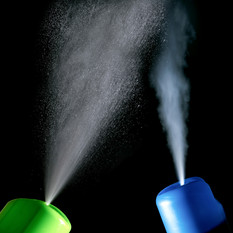Why Air Freshener are Safe
- Herbert Mack

- May 1, 2019
- 1 min read
Most people assume that air freshening products are regulated and required to go through rigorous safety testing before they can be sold to consumers, but that’s far from truth. The industry is self-regulated, which simply means, it isn’t regulated in the sense of chemical usage. However, there are indoor air quality standards which prevent air fresheners from being utilized in certain workplace environments. The chemical composition of air fresheners varies greatly depending on the manufacturer. Many air fresheners contain volatile organic compounds (VOCs) known to have phthalates. Phthalates are a group of chemicals used to soften and increase the flexibility of plastic and vinyl. Phthalates in air freshener are used to dissolve and carry fragrance. The lower the parts per million (ppm) the better for our lungs and respiratory system. Plugins, candles, aerosol sprays or any fragrance for that matter all contain irritants to our lungs, the key is to ensure the ppm is low thus preventing irritation. According to the Food and Drug Administration (FDA), the ingredients of a product must be listed on the label, they are required to be listed in order of predominance. There are a few exceptions to this labeling requirements. Fragrance formulas are considered trade secrets, therefore ingredients in fragrances are not required to be revealed. The word "fragrance" must be put on any product that has ingredients added to give the product an odor. The word "fragrance" on the label may represent many ingredients.







Comments